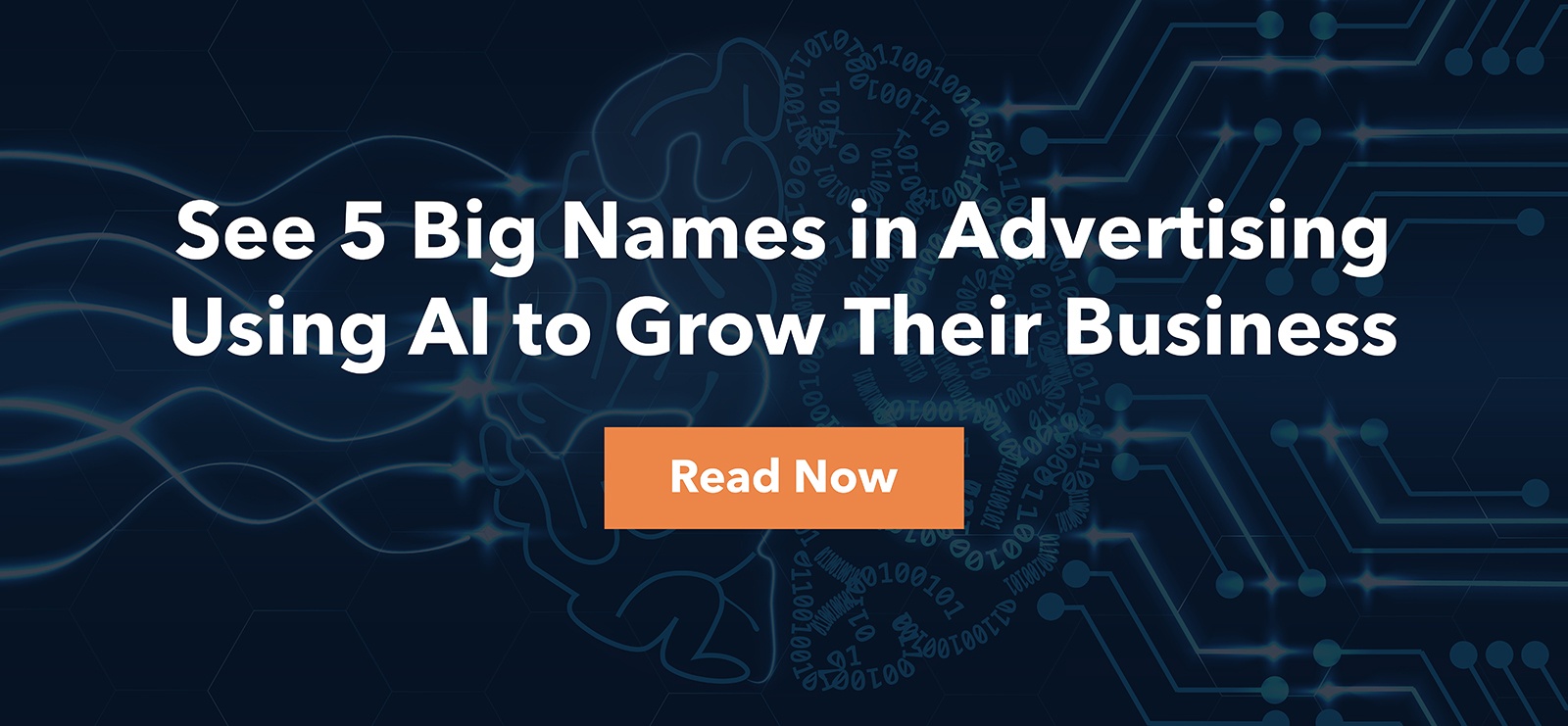
In just the last few years, data has become the most valuable resource in advertising, and subsequently, the most guarded. Many businesses - from ad agencies to tech giants - have been reluctant to share the fruits of their coveted walled gardens, but there’s also been an increasing awareness that first party data is often not enough for a truly comprehensive advertising strategy.
As a result, more businesses are beginning to participate in data co-ops, which - depending on the transparency of the data - can prove to be an invaluable resource for companies looking to learn more about their audiences’ behavior and create better targeted ad campaigns.
Let’s take a closer look at the biggest benefits of data co-ops:
What value does a data co-op provide its members?
A data cooperative gives its members access to all of the data its members are willing to share. Jacob Ross, President of Adroit Digital President, more accurately describes it as “an aggregated pool of shared data, provided by members of the co-op, in return for use of all the data and services around a co-op.”
Data co-ops provide members with a broader understanding of their current and potential customer base - from how they think, to how they act, and how they shop.
A recent study by Forrester Consulting found that 40% of respondents using a data co-op reported having “better access to customers across channels,” and 42% said data co-ops “drive better marketing ROI.” Furthermore, the study found that co-op members felt a stronger connection with their customers, with 46% of respondents reporting their co-op lead to an improved customer experience.
The study also reported that 71% of respondents felt that implementing a data co-op increases revenue, and 76% said it lowers expenses.
"The study shows that marketers understand they cannot limit their digital marketing toolset to only first and third party data,” Ross says, “and that they must leverage data cooperatives to achieve a more holistic view of their current and potential customers. Sharing data means scaling data. Clients who participate in data co-ops can reach a much larger audience with relevant messaging and gain deep insights into how those audiences are responding, which ultimately serves to drive more sales."
Are data co-ops the future of advertising?
“I’m not sure that’s the right question,” said Kim Evenson, Chief Marketing Officer at Legacy in an AMA interview. “I think the past and the future of great marketing is driven by a really deep understanding of [your] customers...First-party data is fantastic because it helps you understand how people interact with your brand. Second-party data, whether through a formal co-op or just working with a partner, helps you be less myopic, and from it you can start to understand your user in a broader context. However the marketer approaches it, the tools alone will not produce the win. It’s the visceral understanding which allows the marketer to think like their audience that moves the needle.. And if we use co-op data to drive that understanding, then it will leave a very big mark on the industry.”
Co-ops can provide a comprehensive data solution
As the number of businesses leveraging second and third party data continues to rise, so does the use of real-time data. Real-time data adds yet another layer of insight into consumer behavior, and now that new technology is making it easier for businesses to capture this data, its value is only going to increase. (Forbes puts it more bluntly: “If you’re not already connecting, consolidating and analyzing your data in real time...you can be sure that your competitors will be soon if they haven't already.”)
However, this doesn’t mean historical data will be any less significant. On the contrary, industry experts believe that utilizing both types of data will be key in executing a successful advertising strategy, and that data co-ops will be the comprehensive solution that provides a complete timeline of data. In an interview with the AMA, Catherine Garnett, Research Strategist at redpepper said, “To attract new customers, retail brands need insights about the bigger picture overall, and the aggregated consumer information that data co-ops can provide, can offer an effective solution….In the future, real-time data will gain importance over historical data. To continue to be an effective partner, data co-ops will need to bridge the gap between real-time data and historical data.”
Paolo DiVincenzo, general manager at Adroit Digital, sees the demand for data co-ops greatly increasing in the future. He says, “the appetite for data is growing” quickly because marketers are seeing how effective it can be in helping to drive business strategies, and “data-leveraging tools are becoming more accessible.”
“With the ‘give-to-get’ model of co-ops being hard to beat economically,” DiVincenzo says, “ co-ops are poised to be the go-to source for this new demand. These factors bode well for a bright long-term future for co-ops.”
Still room for improvement
Despite the value that data co-ops offer their members, there are still areas where they can improve. For instance, a big complaint many industry leaders have is that the shared data in most co-ops is too heavily anonymized, and that there should be much more transparency into where the data is coming from. Steven Ustaris, CMO at OwnerIQ, Inc., argues that for a transparent model to work, co-ops would have to give members more control over how their data is aggregated. The current co-op model “requires data owners to give up way too much control, Ustaris says. “Governance of the cooperative itself should be shared with all participants, both data providers and consumers. The model should be designed to support their business needs, not those of the co-op.”
Ustaris believes brands looking to join a data co-op “should be able to decide what data they would like to share, who they would like to share it with, for what use cases, and even how it is executed and reported. The idea of blind aggregation and off-the-shelf executions is an antiquated and ineffective approach for most sophisticated marketing organizations.” Ustaris’ ideal co-op model offers much more flexibility and customization, allowing companies to choose what data they’re sharing and when they’re sharing it.
A future of shared data
Today, the majority of businesses agree that data is the key to unlocking hidden insights that can truly optimize almost all aspects of the advertising process, but it is also clear that no single company’s data can do that on it’s own. Even though data co-ops still need to evolve in order to reach their full potential, the advertising world seems to be in resounding agreement that they will be the ultimate solution - breaking down the walled gardens in a safe, secure, and responsible way.
That said, this journey will take time, and like many paradigm shifts, it is easier said than done. Companies should take a more active role with their data co-ops, pushing for agreements that make the data as useful as possible without breaching user privacy or breaking customer trust. This will require a leap of faith among industry leaders to trust each other in our ever more competitive global economy.







